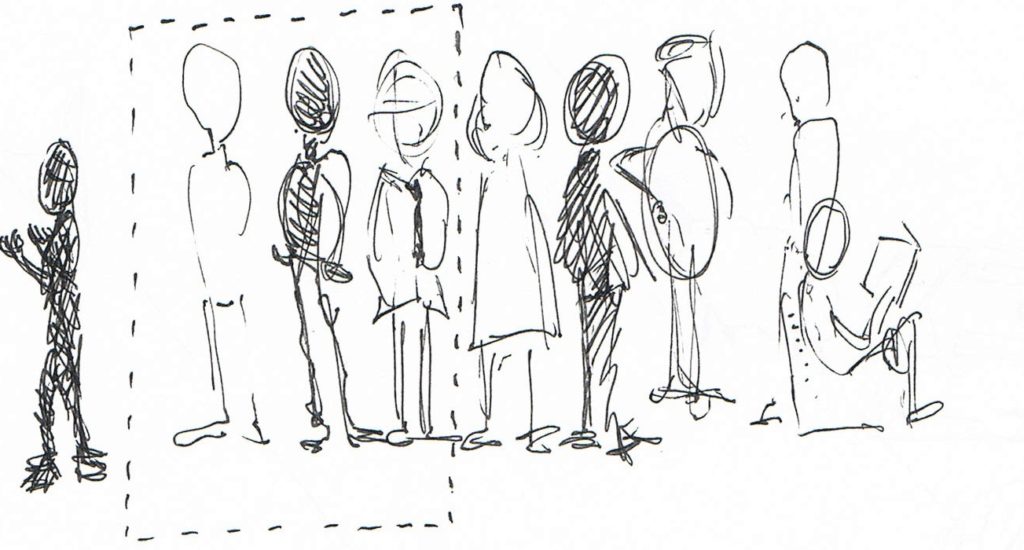How do you segment your clients today?
Depending on the specifics of your business, you may segment them by type (e.g. companies vs individuals), by needs (e.g. commercial vs retail), by size (e.g. high net worth vs popular) or other.
The reason you do this is to allow for specialization: clients in different segments may be served by different teams, have access to different products and services and follow different processes. Often, they use different systems and have different costs, prices and risk.
Now, how do you segment your clients for your innovation?
Clients change differently. Besides the traditional scale from “early adopters” to “laggards”, there are other factors that influence demand and response to innovation.
For example, while regulatory changes and the increase in interest rates is impacting all companies, some (like banks with expensive funding) will be required to respond to these trends before others. This has nothing to do with their natural propensity or resistance to buying novelty. It is only a reflex of the fact that change materializes differently in different parts of the market.
Factors driving this behavior may be indirect. For example, some changes may happen first with local subsidiaries of multinationals just because they are exposed to different dynamics in other markets. Some regulatory changes often trigger innovation first among large companies just because they are a higher priority for audits.
Companies that are committed to innovation should examine their clients to determine “where change should happen first” and create mechanisms to monitor and learn from these clients.


